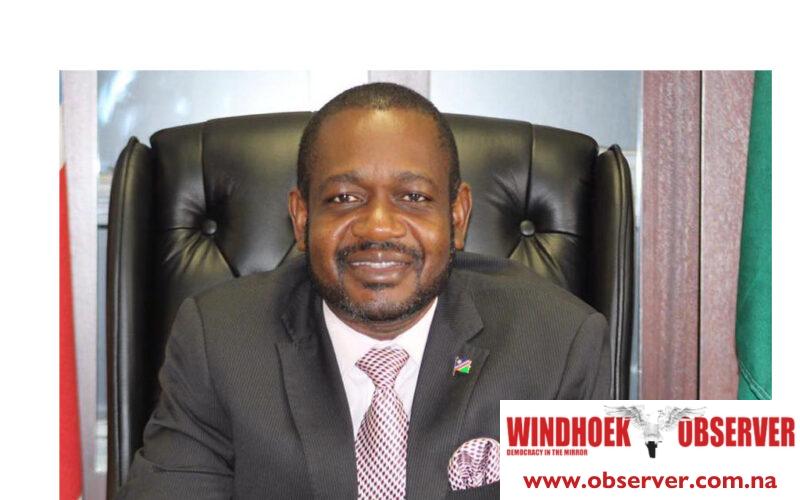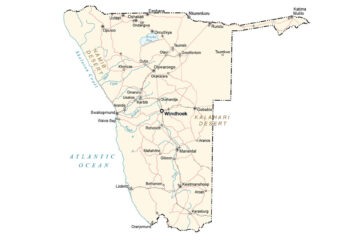Niël Terblanché
Namibia has set itself the ambitious goal to provide aims to provide broadband speeds of at least two Megabits per second (2Mbps) to 95 percent of the population by 2024 to enhance its digital infrastructure and to empower marginalised citizens in a rapidly evolving digital world as well.
The Namibian Ministry of Information and Communication Technology (MICT) has been hard at work and has been making significant strides in implementing the National Broadband Policy and its Action Plan.
This initiative which was launched in February 2020, is a testament to the country’s commitment to bridging the digital divide, particularly for marginalized communities.
Dr Peya Mushelenga, Namibia’s Minister of Information and Communication Technology, said that the nation’s participation in the African Telecommunications/ICT Day under the theme: “Towards a Digital Revolution and Inclusion of the Marginalised: Addressing Accessibility Factors.”
“The theme of the day resonates with the country’s ongoing efforts to extend broadband access to every corner of Namibia, thereby fostering inclusivity and digital literacy,” he said in a statement. The National Broadband Policy, aligned with the country’s Vision 2030 and national development plans, aims to provide broadband speeds of at least two Megabits per second (2Mbps) to 95 percent of the population by 2024.
The Minister said that Namibia is committed to not only enhancing its digital infrastructure but also to empowering people in a rapidly evolving digital world.
Namibia’s dedication to this digital transformation is evident in the progress made thus far. As of early 2021, significant achievements in mobile network coverage were reported. The country has seen a remarkable increase in 3G and LTE infrastructure, with 3G covering 89 percent and LTE 79 percent of the population. This expansion has been crucial in increasing mobile broadband subscribers, as reflected in the 8.5 percent growth recorded in 2021.
According to Mushelenga, many challenges such as the staggering 72 percent of Africa’s population, including many in Namibia, still lacking access to mobile internet, remain.
This digital gap is more pronounced in remote and rural areas, where access to modern communication technology is limited,” he said.
To address the situation, the Namibian government is taking proactive steps, including financial provisions in the next fiscal year to establish network towers in less commercially viable areas.
“This initiative is a cornerstone in the government’s strategy to ensure that no community is left behind in the digital era,” he said.
Mushelenga added that the progress in Namibia’s broadband infrastructure is not just about technology; it is also a catalyst for socio-economic development.
“Broadband connectivity opens doors to numerous opportunities, from education and healthcare to e-commerce and governance, fundamentally restructuring the economy and society,” he said.
According to the minister, Namibia’s journey towards digital inclusivity, spearheaded by the National Broadband Policy and its Implementation Action Plan, is a shining example for other nations.
“It is a journey of hope, resilience, and a collective vision for a digitally empowered society, where every citizen, regardless of their location or socio-economic status, has access to the transformative power of the internet,” he said.




